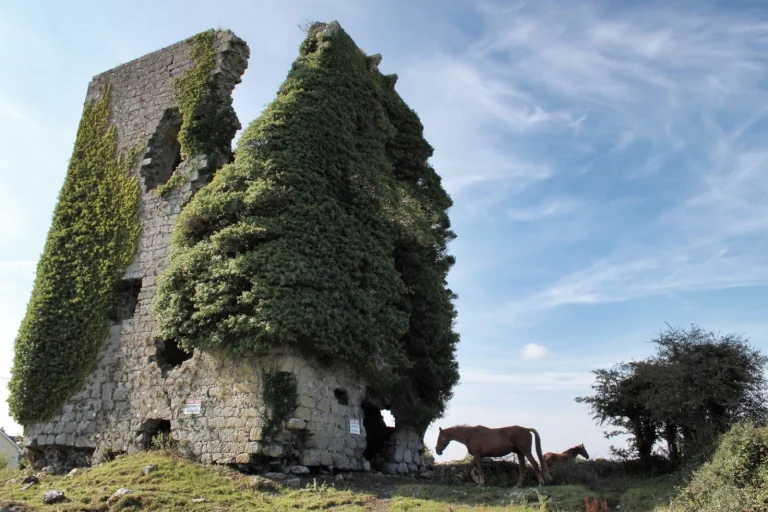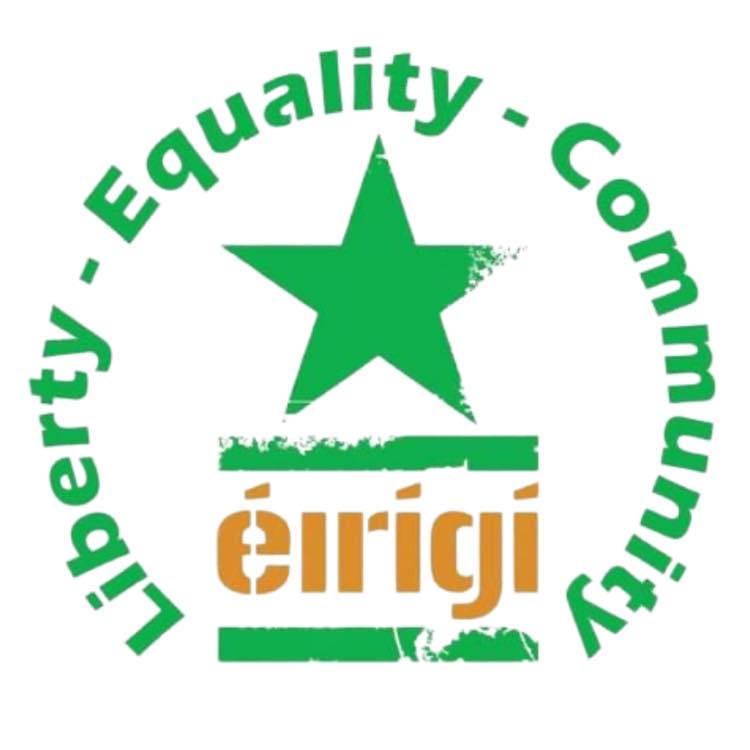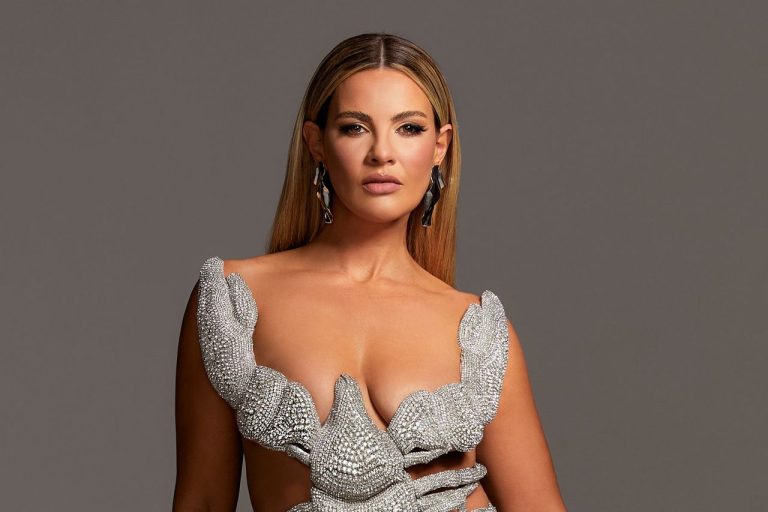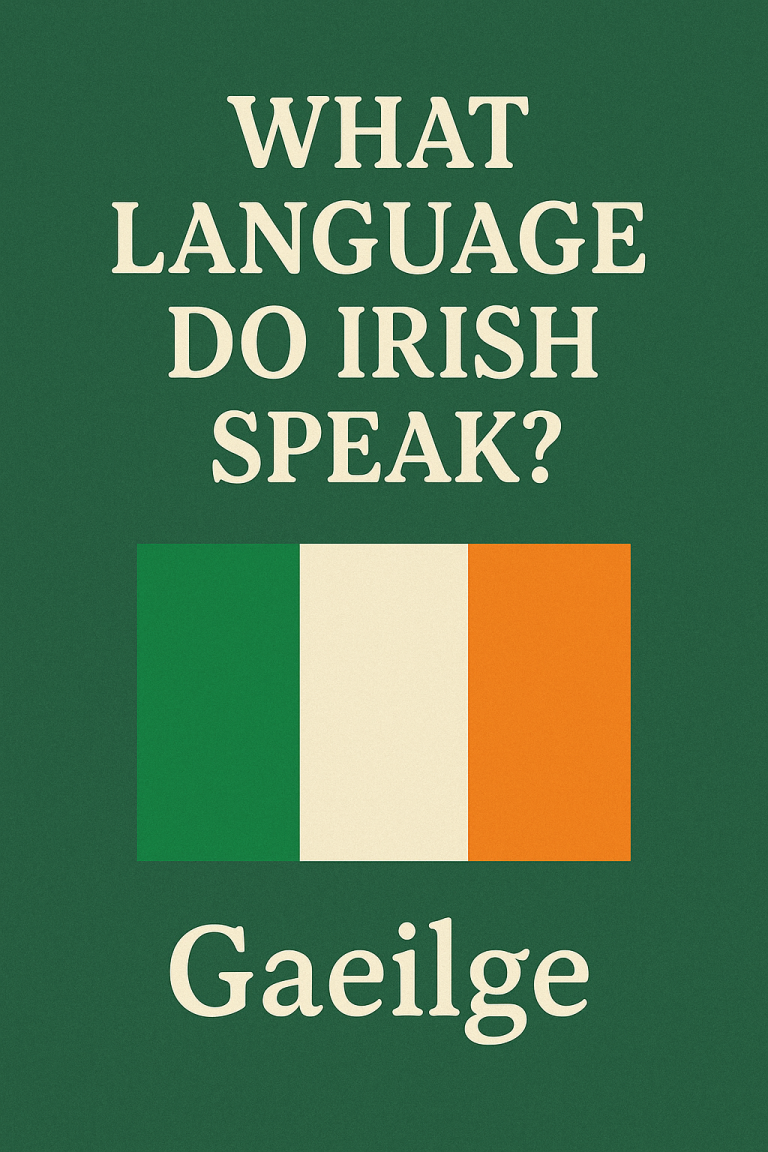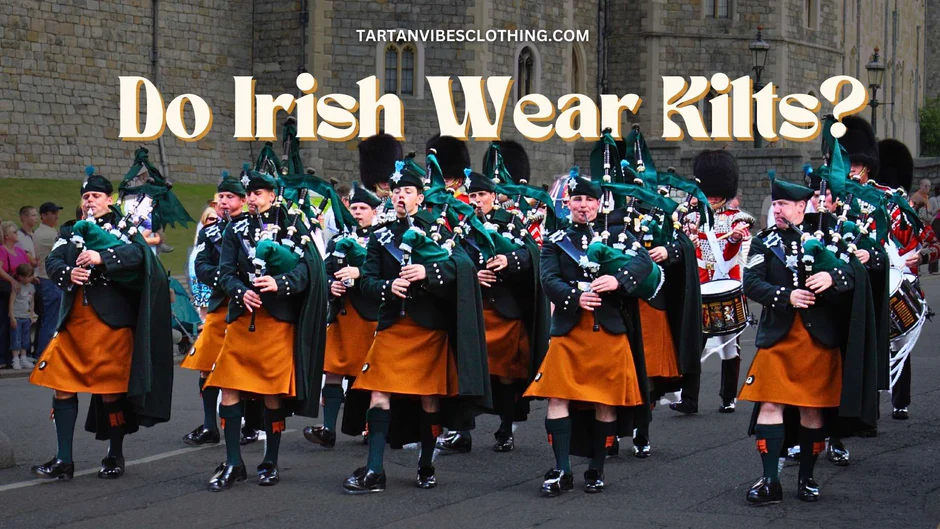

The image of a kilted figure often conjures up vivid pictures of bagpipes, Highland Games, and the dramatic landscapes of Scotland.
Yet, a frequently asked question that sparks curiosity is: Do Irish people wear kilts? The answer, perhaps surprisingly to some, is yes, Irish people do wear kilts, but not with the same ubiquity or historical context as their Scottish neighbours.
This comprehensive guide will delve into the fascinating world of Irish kilts, exploring their history, identifying their distinct characteristics, and explaining the occasions on which they are proudly worn. We’ll also address common misconceptions, clarify the differences between Irish and Scottish kilts, and provide insights for anyone interested in this unique aspect of Irish heritage.
Are Kilts Scottish or Irish? Unpacking the Origins
The question of “Are kilts Scottish or Irish?” is a common one, and the popular perception often leans heavily towards Scotland. Historically, the kilt as we largely recognise it today, with its specific pleating and tartan patterns, is most strongly and definitively associated with Scottish Highland dress. The great kilt (feileadh mòr) evolved in the Scottish Highlands as a versatile garment suited to the rugged landscape and climate.
However, the idea of a pleated garment worn by Gaelic peoples is not exclusive to Scotland. Both Irish and Scottish kilts are believed to have evolved from earlier Gaelic garments. Ancient Irish warriors and chiefs are thought to have worn practical, flowing garments that predated the modern kilt, often unbelted and wrapped around the body. While the exact origins of Irish kilts are debated, they are believed to have been worn by Irish warriors in ancient times, perhaps in a form akin to a tunic or a saffron-coloured léine (a traditional Irish tunic).
The modern Irish kilt, as it is largely known today, has evolved within the past 200 years. This evolution was partly influenced by Scottish kilts, particularly during periods of romantic nationalism and the resurgence of Gaelic pride in the late 19th and early 20th centuries. So, while the kilt’s most famous iteration is Scottish, a distinct Irish version developed, embracing the spirit of Gaelic heritage.
Distinguishing the Irish Kilt: Colors and Characteristics
One of the most immediate differences between Irish and Scottish kilts lies in their appearance.
Irish Kilt Colors: A Focus on Solids
Unlike the intricate clan tartans of Scotland, Irish kilts are typically solid-colored. The most common and iconic Irish kilt colors are:
- Saffron: This vibrant yellow-orange hue is perhaps the most recognisable Irish kilt colour. It evokes imagery of ancient Irish monks’ robes and traditional saffron-dyed garments.
- Green: Various shades of green are also popular, representing the verdant landscape of Ireland – the “Emerald Isle.”
- Blue: Less common but also seen, especially in historical contexts, as blue was once associated with ancient Irish royalty and sovereignty.
These solid colours often offer a more direct and universally Irish symbolic representation, rather than tying into specific family lineages.
The Absence of Clan Tartans (Mostly)
A key point of distinction is that Irish kilts are not as strongly tied to specific clan tartans as Scottish kilts. While Scottish kilts are often associated with particular clans, each with its own unique tartan pattern, traditional Irish culture did not develop an equivalent system of hereditary tartans.
However, it’s worth noting that in more recent times, some families of Irish descent have created or adopted “district tartans” or “Irish county tartans” that bear their name or are associated with their ancestral county. So, while you might find Irish kilts by surname available for sale, these are generally modern creations influenced by Scottish tradition rather than an ancient Irish practice.
Occasions for Wearing the Irish Kilt
While Scottish kilts are often seen at a broader range of events, from everyday casual wear in some communities to formal gatherings, the Irish kilt’s use is more selective and symbolic.
Cultural Celebrations and Formal Events
Irish kilts are more likely to be seen at formal events, cultural celebrations, and performances, rather than as everyday wear. This includes:
- Traditional Irish Dance Performances: Dancers, both male and female (though the kilt is primarily a male garment), often wear kilts as part of their performance attire, particularly in step dancing.
- Weddings: Do Irish wear kilts at weddings? Absolutely! It’s increasingly common for Irish grooms, particularly those keen to connect with their heritage, to wear a kilt on their wedding day. This serves as a powerful symbol of their Irish identity and a nod to tradition.
- Cultural Festivals: At St. Patrick’s Day parades and other Irish cultural festivals around the world, you’ll frequently see men proudly wearing Irish kilts.
- Marching Bands: Many pipe bands and marching bands with an Irish heritage incorporate kilts into their uniforms, particularly if they are based outside of Ireland, as a clear visual representation of their origins.
Traditional Irish Kilt Outfit
A complete traditional Irish kilt outfit for men typically includes:
- The solid-coloured kilt (saffron or green being most popular).
- A traditional Irish (or ghillie) shirt, often with lacing at the neck.
- Kilt hose (socks), often cream or white.
- Flashes (garters to hold up the hose) matching the kilt or a contrasting colour.
- A sporran (a pouch worn at the front of the kilt), often simpler than Scottish versions.
- Kilt pins, often featuring Celtic designs.
- Sometimes, a jacket (e.g., an Argyll or Prince Charlie jacket) for more formal occasions.
Do Women Wear Kilts?
Traditionally, the kilt as a distinct garment is associated with men. However, in modern times, particularly in the context of Irish dance, do women wear kilts? Yes, female Irish dancers often wear kilt-like skirts or full kilts as part of their performance costumes. For general fashion, kilt-like skirts are also worn by women, but these are typically seen as a fashionable item rather than a traditional garment in the same vein as men’s kilts.
Is It Okay to Wear a Kilt in Ireland?
Absolutely! Is it okay to wear a kilt in Ireland? Yes, it is perfectly acceptable and often appreciated when individuals choose to wear a kilt in Ireland, particularly if it’s an Irish-style kilt worn for cultural events, celebrations, or as a symbol of heritage. Irish people generally welcome expressions of cultural pride. If you’re a tourist of Irish descent, wearing an Irish kilt can be a meaningful way to connect with your roots.
Unpacking Related Cultural Questions
Is Irish Tartan a Thing?
As discussed, is Irish tartan a thing? Yes, but with caveats. While ancient Ireland did not have a clan tartan system akin to Scotland, modern “Irish tartans” have been developed. These often represent Irish counties or are designed to reflect the national colours and symbols. Some are even marketed as Irish kilts for men by surname, providing a contemporary way for individuals to link their family name to a “tartan” design. These are largely a modern innovation influenced by Scottish tradition, rather than an ancient Irish practice.
Is Plaid Irish or Scottish?
The term “plaid” itself is often used interchangeably with “tartan,” particularly in North America. Historically, “plaid” referred to a large rectangular piece of cloth, often tartan, worn as part of Scottish Highland dress. Therefore, the patterned fabric we call tartan (or plaid) is most strongly associated with Scottish heritage. While Ireland uses checkered or woven fabrics, the intricate, clan-specific patterns are quintessentially Scottish.
Are Bagpipes Scottish or Irish?
This is another common point of confusion. Are bagpipes Scottish or Irish? Both! While the Great Highland Bagpipes are iconic to Scotland, Ireland has its own unique tradition of bagpipes, most notably the Uilleann Pipes. The Uilleann pipes are distinct from the Scottish Highland pipes; they are played indoors, have a mellower tone, and are operated by bellows under the elbow rather than by breath. So, when you hear “Do the Irish wear kilts and play bagpipes?” the answer is yes, but the bagpipes they play are often different from the Scottish variety.
Which Race Wears Kilts?
The kilt is strongly associated with Gaelic cultures, primarily those of Scotland and Ireland. While people of all races and ethnicities can and do wear kilts for various reasons (fashion, personal preference, cultural appreciation), its traditional and symbolic significance is rooted in the heritage of the Scottish and Irish people.
Is Celtic Irish or Scottish?
Is Celtic Irish or Scottish? The term “Celtic” refers to a broader ethnolinguistic group of peoples who originated in Central Europe and spread across the continent, including to the British Isles. Both Irish and Scottish cultures are part of the larger Celtic family. They share common linguistic roots (Gaelic languages), artistic styles (Celtic knots), and ancient traditions. So, both Irish and Scottish cultures are indeed Celtic, representing distinct branches of this ancient heritage.
Irish Kilts for Sale: Finding Your Own
For those looking to embrace this part of their heritage, Irish kilts for sale are readily available from specialist kilt makers and Irish heritage stores, both online and in Ireland. You can find traditional solid saffron or green kilts, as well as the more modern county or surname “tartans.” When purchasing, consider the material (often wool or a poly-viscose blend), the quality of craftsmanship, and the fit to ensure a comfortable and authentic garment.
Irish Kilt History: A Modern Tradition
While ancient Irish warriors wore garments that might be considered precursors, the Irish kilt history as we understand it today is a more recent phenomenon. It emerged largely in the 19th and early 20th centuries, coinciding with periods of heightened Irish nationalism and the Gaelic Revival. Inspired in part by the romanticisation of the Scottish kilt and a desire to create a distinct national dress for Ireland, the modern Irish kilt became a powerful symbol of Irish identity and cultural pride. It represents a conscious embrace of Gaelic heritage in a modern context.
Conclusion: A Symbol of Enduring Pride
In summary, while the kilt’s most famous association lies with Scotland, the Irish kilt holds its own distinct and meaningful place in Irish culture. It is a garment of pride, worn to celebrate heritage, mark special occasions, and honour the rich traditions of the Emerald Isle. So, the next time you see a kilt, take a closer look – it just might be the vibrant saffron or emerald green of an Irish kilt, a testament to an enduring and evolving cultural identity.
